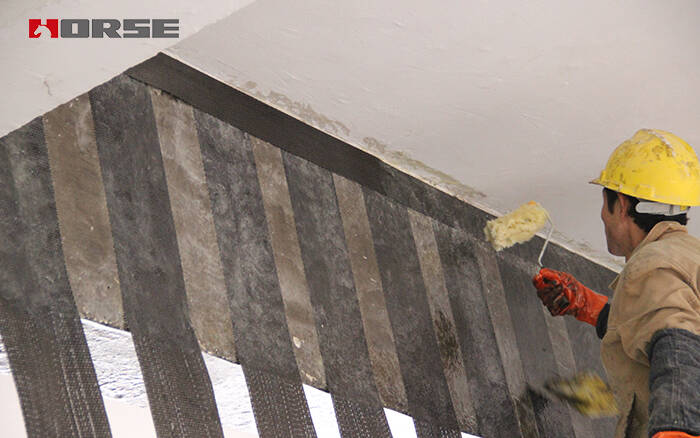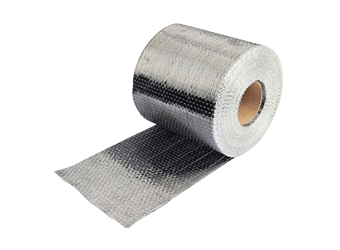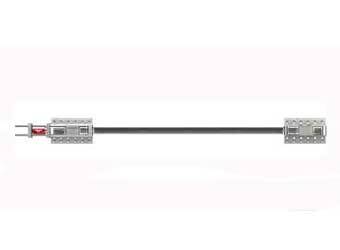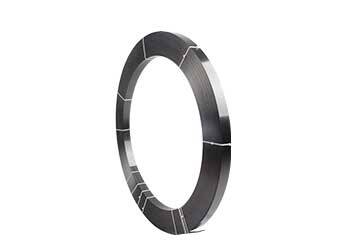โซลูชัน
Horse Construction นำเสนอวัสดุเสริมแรงโครงสร้างแบบครบครันพร้อมการสนับสนุนทางเทคนิค การสนับสนุนเอกสาร การสนับสนุนผลิตภัณฑ์ การสนับสนุนซอฟต์แวร์ การสนับสนุนโครงการ
Why Is Structural Strengthening So Important

Structural strengthening is important for several reasons:
Safety: Structural strengthening is often necessary to ensure that a building or structure is safe and stable. Over time, buildings can deteriorate due to factors such as aging, weathering, and environmental exposure. Strengthening measures such as adding additional reinforcement or retrofitting can help to restore a building's structural integrity and prevent potential collapses or failures.
Durability: Structural strengthening can also improve the durability and longevity of a building or structure. This is particularly important in areas that are prone to natural disasters such as earthquakes, hurricanes, or floods. By strengthening a building's structural components, it can better withstand the forces of nature and reduce the risk of damage or collapse.
Functionality: Structural strengthening can also help to improve a building's functionality and performance. For example, strengthening measures can be used to increase a building's load-carrying capacity, improve its seismic resistance, or enhance its fire resistance. This can help to extend the useful life of a building and ensure that it continues to meet the needs of its occupants.
Upgrading for new loads: Over time, the usage and requirements of a structure may change. For example, a building may need to support additional floors, or a bridge may need to handle heavier traffic. Structural strengthening allows existing structures to adapt to new loads and requirements without the need for complete reconstruction. This can be more cost-effective and less disruptive than building a new structure from scratch.
Preservation of cultural heritage: Many historical buildings and structures hold significant cultural, historical, and architectural value. Structural strengthening is often employed to preserve and protect these structures, ensuring they can be enjoyed by future generations. Strengthening techniques allow for the restoration and conservation of heritage sites while maintaining their original aesthetics and character.
Cost-effectiveness: Strengthening measures can be a cost-effective solution compared to full-scale replacement or reconstruction. By reinforcing and strengthening specific elements or areas of a structure, it is often possible to extend its service life and avoid the expenses associated with complete replacement. Additionally, strengthening can be carried out with minimal disruption to ongoing operations, reducing downtime and economic losses.
In summary, by improving the strength and integrity of existing structures, we can enhance their performance, extend their lifespan, and ensure their continued functionality.
คุณสามารถหาได้ทุกสิ่งที่คุณต้องการที่นี่ ไว้วางใจและลองใช้ผลิตภัณฑ์เหล่านี้ คุณจะพบความแตกต่างอย่างมากหลังจากนั้น

คาร์บอนไฟเบอร์ของ Horse Construction เหมาะสำหรับการเสริมแรงโครงสร้าง การซ่อมแซม และปรับปรุงพื้นผิวคอนกรีต ก่ออิฐ เหล็ก และไม้บนอาคาร สะพาน ทางหลวง ทางรถไฟ อุโมงค์ ท่าเทียบเรือ และสนามบินพลเรือน

ระบบแผ่นลามิเนต CFRP อัดแรงแบบม้า (ระบบ CFRP อัดแรงหลังการดึง) ประกอบด้วยอุปกรณ์ยึดและแผ่นลามิเนตคาร์บอนไฟเบอร์ที่ออกแบบมาโดยเฉพาะสำหรับสะพาน อาคาร และการเสริมแรงโครงสร้างเหล็ก

แผ่นโพลีเมอร์เสริมคาร์บอนไฟเบอร์ที่มีความแข็งแรงสูง (CFRP) สำหรับการเสริมความแข็งแรงโครงสร้างและการซ่อมแซมคอนกรีต